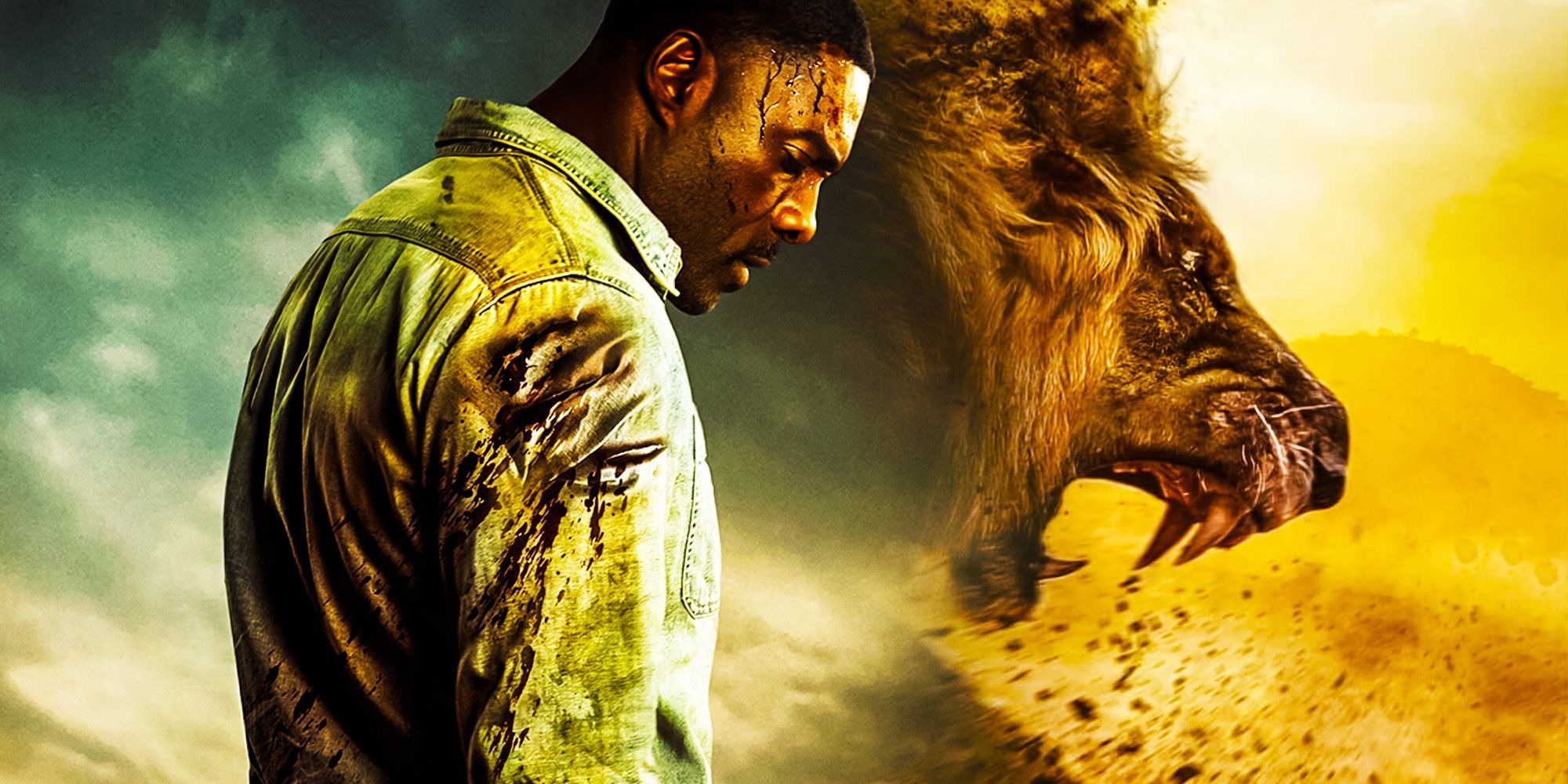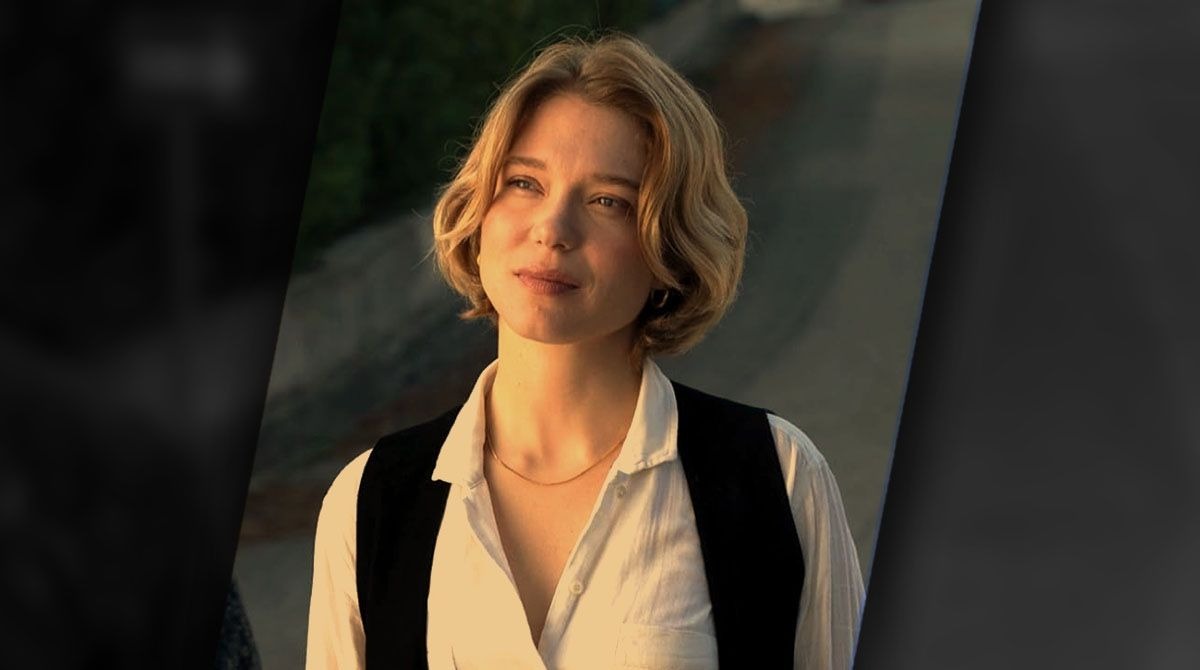Bertrand Bonello’s 2023 film, The Beast, offers an unusual mix of genres, weaving a period horror drama with a sci-fi romance. Instead of following a straight path, the film moves through different timelines—1910, 2014, and 2044—to build its central story.
Lea Seydoux and George MacKay take on the roles of Gabrielle and Louis, whose love story stretches across centuries but ends in heartbreak every time. While undergoing a DNA purification treatment in 2044, Gabrielle discovers her repeated connection with Louis across past lives.

As her awareness grows, so does her affection for him. But the question remains—can they break free from the pattern of tragedy, or is fate going to repeat itself once more?
What happened to Louis and Gabrielle in 1910?
Their meeting at an exhibition party reignited a bond that had started years earlier. Louis remembered Gabrielle from a dinner gathering six years back in Naples, where she had confided in him about a disturbing fear that followed her like a shadow.
Her dread of a disaster that could ruin her and those she cared about stayed on Louis’s mind. Gabrielle, surprised that she had shared something so personal, admitted it was all true.
Louis was caught off guard by the sight of a wedding ring on her finger, especially since she once made it clear that love frightened her because of the risk it brought. Time helped her manage that fear, allowing her to marry someone eventually.
When they first crossed paths, Louis wasn’t ready to stand beside her against the “beast” she feared. But now, with more maturity, he was prepared to take the risk. Gabrielle no longer felt that crippling fear, and having Louis by her side gave her a sense of hope.
The doll factory Gabrielle owned with her husband symbolised the independence she gained through marriage. Her husband had supported her during her lowest point, something she appreciated deeply. With Louis, her emotions were unpredictable, and describing their relationship proved difficult.
During a conversation about the Paris flood, Louis and Gabrielle shared a haunting thought—that dying in Paris wouldn’t be the worst fate. This exchange hinted at their doomed ending. In a nearby cafe, their dialogue touched on how people, once creators of dolls, now longed to be as emotionally blank as those same dolls.
The desire to remain neutral, to fit in with the rise of artificial intelligence, led to a society that rejected genuine human expression. Trying to understand Gabrielle’s deep-rooted fear, Louis asked if her worries stemmed from her marriage or perhaps an environmental threat.
But Gabrielle didn’t believe either was the cause. A fortune teller’s claim—that a pigeon’s entry into one’s home brings death—resurfaced Gabrielle’s panic. Although she enjoyed spending time with Louis, his presence brought back the same fear she thought she had silenced.
One day, Gabrielle gave Louis a tour of the doll factory. Their mutual attraction was hard to ignore, but Gabrielle never openly said she loved him. Even without a kiss, Louis felt a strange sense of peace just by holding her hand.
Disaster struck when the factory was hit by flooding, followed by a fire outbreak. They couldn’t escape through the usual exit, and the only way out lay deep underwater. Louis volunteered to go first and asked Gabrielle to wait no longer than two minutes.
When he didn’t return, Gabrielle swam out in search of him. She eventually reached the exit, but it was locked. Seeing Louis’ lifeless body made her lose all hope. Their story came to a sudden end. Gabrielle could never trace the origin of her anxiety—it could have been this tragic moment she feared all along, or a mix of dread gathered from past, present, and future.
Is the 2014 incident based on a real story?
During the DNA purification sessions, Gabrielle found out that she had once worked as an actress and model in the United States in 2014. To make ends meet, she also took house-sitting jobs. What she didn’t expect was the danger waiting near the property she was watching over.
Louis’ character changed drastically in this version—he became a hateful loner with a twisted need for revenge against blonde women. His persona was based on Elliot Rodger, the young man behind the 2014 Isla Vista killings. Rodger had a quiet upbringing and became withdrawn after his parents’ separation.
Over time, he developed a deep resentment for women and couples. His obsession with dying without having experienced intimacy made him lash out violently. He believed that blonde women were proud and needed to be taught a lesson. Unfortunately, his mental health issues went untreated, which led to a tragic outcome.
Louis from 2014 resembled Elliot Rodger in many ways and carried the same thirst for revenge. He thought he had everything women looked for in a partner, yet he faced rejection after rejection. This constant dismissal convinced him that women deliberately avoided him, feeding his anger.
Why did Louis shoot Gabrielle?
While prowling outside a club for someone to attack, Louis came across Gabrielle and followed her to the home she was watching. Gabrielle had dreams of becoming an actress, but instead, she received offers for domestic modelling.
Her experiences across lifetimes always carried three recurring symbols—a pigeon, a doll, and a fortune teller. During one of her visits, the fortune teller told Gabrielle she was searching for a man. The woman warned that this man only existed in dreams and could never belong to her in real life.
These memories, though buried, kept affecting Gabrielle. Louis remained an illusion, and chasing that fantasy risked everything she held dear.
Though her memories were vague, she still felt things that seemed oddly familiar, like her deep emotional pull toward the song “Evergreen,” which plays during her final meeting with Louis in 2044. An earthquake drove Gabrielle out of the house, where she unexpectedly ran into Louis.
She felt drawn to him and attempted to strike up a conversation. Louis, filled with bitterness, assumed Gabrielle would reject him just like others had done. Her future self, watching these past events unfold, let her longing distort the truth.
When Gabrielle realised the danger Louis posed, it was already too late. Even as he broke into her house, she didn’t feel scared. She hoped their bond would stop him from doing something harmful. She believed there was a chance to connect with him on a deeper level.
Gabrielle pleaded for trust and opened the door, believing she could change his mind. Her future self clung to the hope that they would become a couple in 2014, which clouded the clarity of what happened. Eventually, the reality was revealed—Louis shot Gabrielle, ending their connection once again in the most painful way.
Was the DNA purification process a success for Gabrielle?
With artificial intelligence taking over many jobs, humans found themselves pushed out of work quickly. Gabrielle’s job, which involved reading temperature data, didn’t give her any sense of purpose. She longed to do something meaningful.
The only path available to a more fulfilling role was through DNA purification. This treatment aimed to erase long-standing trauma inherited across generations that still affected people today. But even in 2044, Gabrielle carried the same fears she had back in 1910.
The constant dread of something awful approaching refused to leave her. The treatment offered to clear such emotional burdens by digging into her past. At the treatment center, Gabrielle was assigned a nurse named Kelly, who was a humanoid doll.
Kelly noticed that Gabrielle was unhappy and tried to lift her spirits by taking her out to a club. There, Gabrielle met Louis again—someone she had already seen at the purification facility. Both of them shared a desire to disconnect from their humanity, yet the memories stirred during the process made them question whether they should try again.
Although she attempted to manipulate the results to pass the test, the image of Louis killing her brought her to tears. The staff told her to return in a few days. Gabrielle feared that chasing her past might destroy her present. She kept attending the sessions, unsure if she wanted to fully go through with the process.
The medical team believed she belonged to the 0.7% of people whose system rejected the purification process.
Why Gabrielle Broke Down When She Saw Louis
Gabrielle made up her mind to reach Louis by going through Kelly. She believed Louis had decided not to go through with the purification process. In her mind, their past lives always left them confused and powerless, even though they never really understood the cause of that helplessness.

But after attending the sessions, Gabrielle began to see things clearly—it was the constant, sorrowful nature of their love across timelines that always left her feeling uneasy. She invited Louis to meet her at the same club where they had last met.
The club was unexpectedly empty, and Louis was the only one there. Gabrielle asked him to dance, and he accepted. While Gabrielle was overwhelmed with emotion as she held him close, Louis remained distant and cold.
As the film The Beast approached its final moments, Louis made it known that they had both listened to the same song several times before, and that he had also seen the visions during his purification. This caught Gabrielle completely off guard because she had assumed that Louis had skipped the process.
Louis went further to say he now worked with the Justice Ministry, which confirmed that the purification had gone smoothly for him. He had changed. His feelings were now neutral, and he approached things without emotional attachment.
He agreed to be with Gabrielle—not because he felt anything for her, but because he considered it the most reasonable choice. Gabrielle found herself able to finally admit the deep love she felt for him, but it came at a time when he could no longer feel that same emotion.
Their story, regardless of the version, always had a sorrowful ending. They had a rare chance to make it work since they had a full understanding of their history and how events had always forced them apart. Yet, their love still ended up being incomplete.
Louis went for a stable career instead of following his heart, and Gabrielle could hardly deal with that truth. This time around, it wasn’t death that physically separated them, but the pain was just as deep—Louis had lost all emotional depth.
It’s possible that after realizing she might never be loved the way she wanted, Gabrielle would go ahead with the purification. Maybe the hope she held onto—the idea that things could work out—was what had been holding her back from completing the process.
Was Gabrielle Trapped in a Simulation?
When one considers how unnatural and staged the closing scene of The Beast looked, the possibility that Gabrielle was trapped in a simulation by the purification center doesn’t seem far-fetched. The idea could have been to force her to release her emotional hold on Louis for good.
The logical next move for Gabrielle would be to attempt purification again, and since she would now be ready to lose her emotional side, the procedure might finally go as planned.
Artificial intelligence had a strong interest in filling important roles with humans who had been emotionally modified, and such an opportunity would not be ignored.
Bertrand Bonello pushed the theme of emotional disconnection even further by ending the movie without showing any names in the credits—instead, viewers were met with a QR code. This choice helped drive home the film’s ongoing message about how technological progress can cause people to become distant and emotionally detached.



